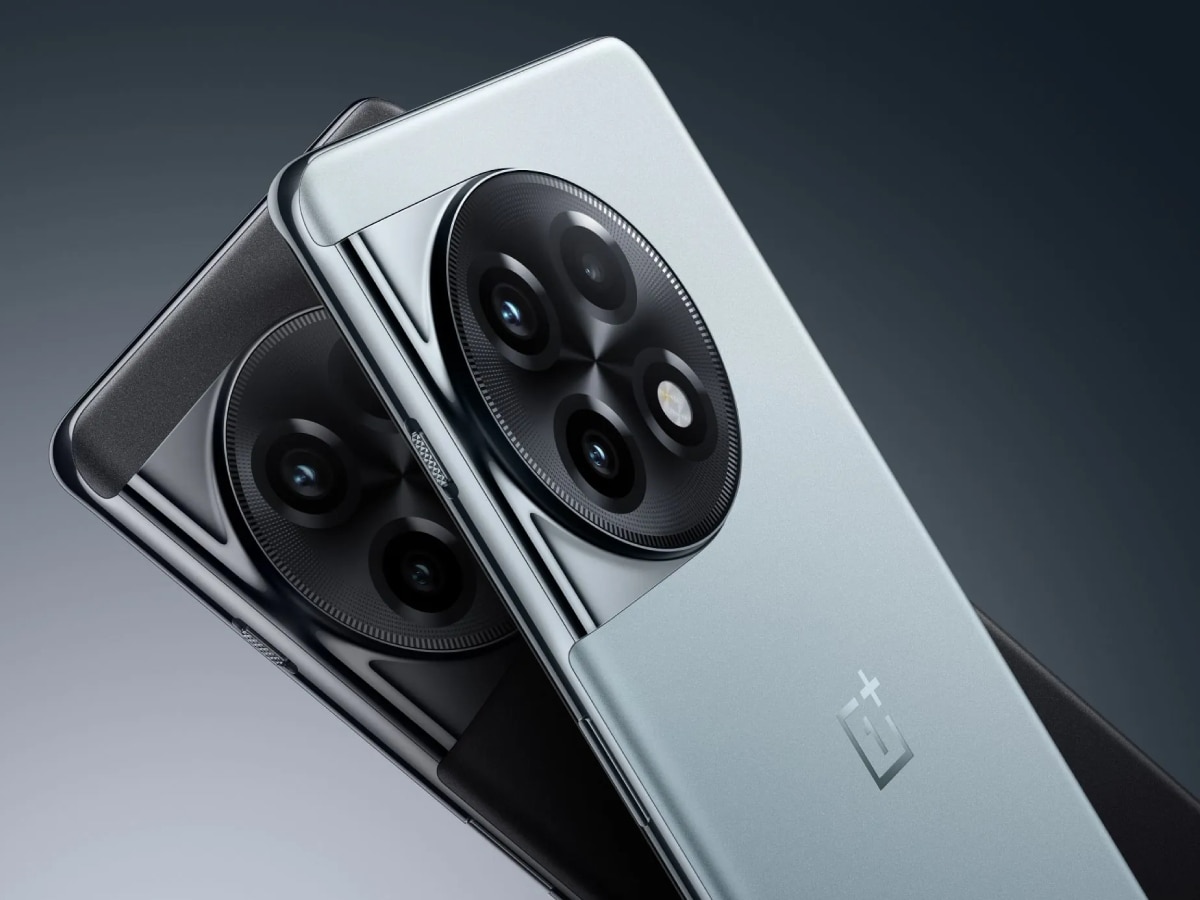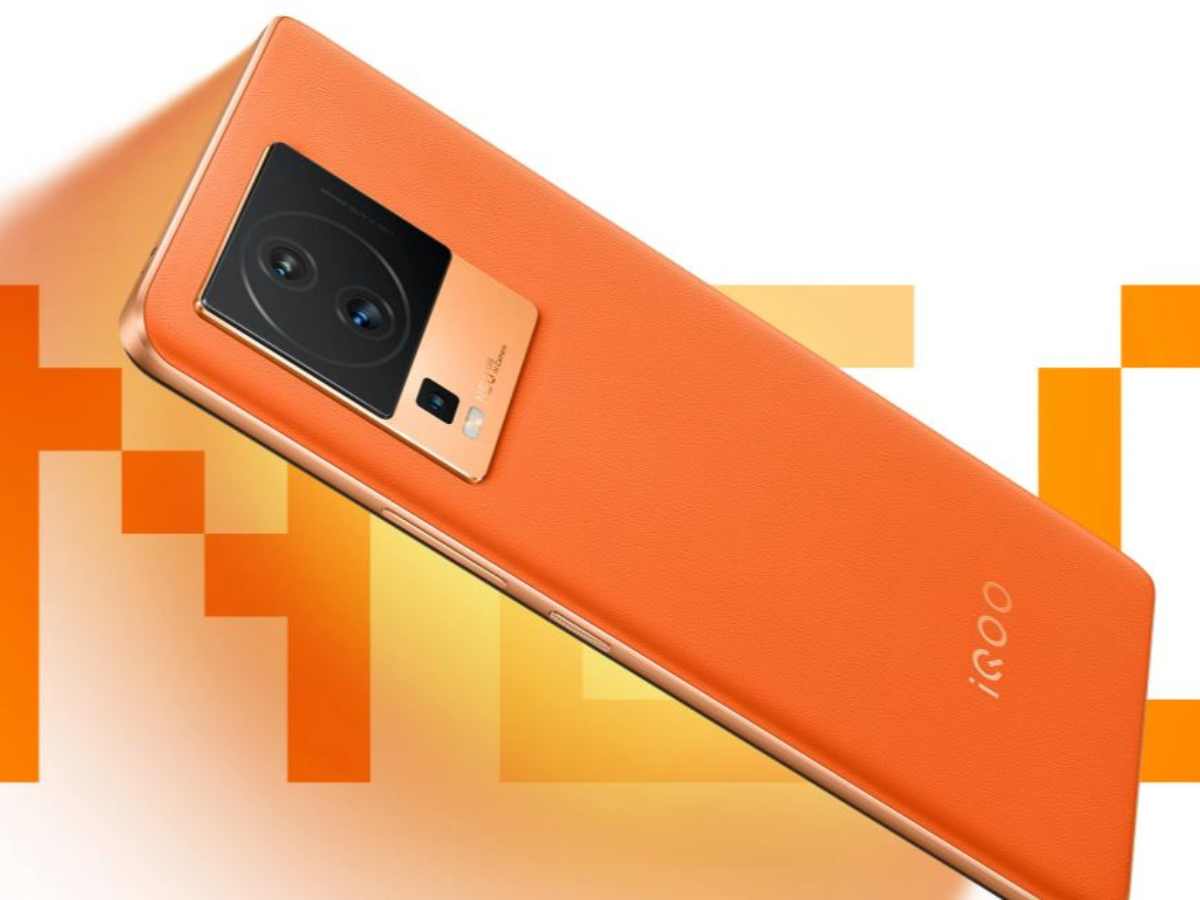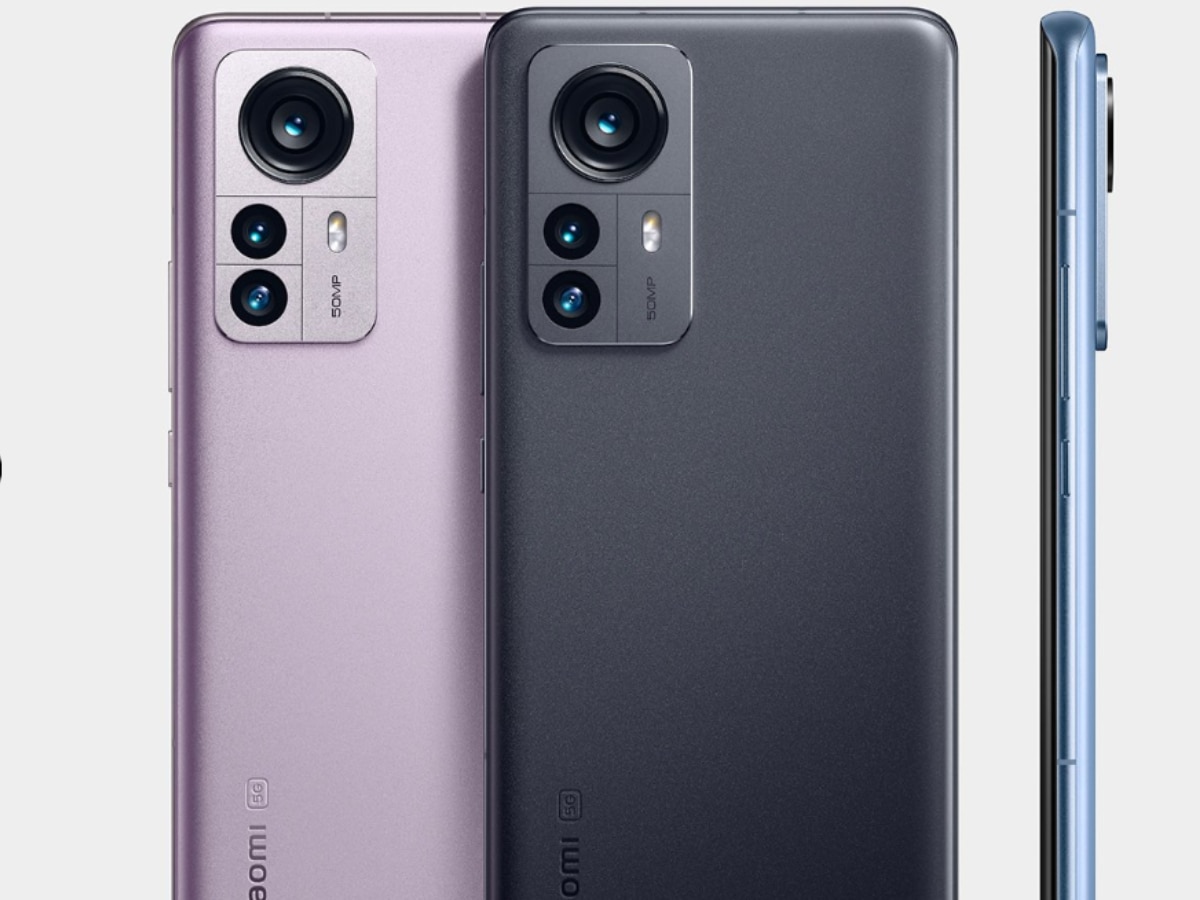Nothing Phone (2) Challengers: Google Pixel 7a, iQoo Neo 7 Pro, More
Nothing Phone (2) price starts at Rs 44,999.

Nothing is one of the newest entrants to the smartphone world. The company started off its tech journey with a pair of TWS in 2021, and last year launched its first phone, the Nothing Phone (1). It was a phone that left hardly any head unturned. Nothing's co-founder Carl Pei had promised to bring excitement back to tech, and with the Phone (1), he did exactly that. The Phone (1) was nothing (pun intended) like anything the smartphone market had seen in the recent past, with a transparent back and LEDs on the back that lit up in different patterns to indicate different notifications and functions.
This year the market was flooded with rumours of a new Nothing phone. Given its past, most people in tech were hoping for a similar jaw-dropping device. Nothing recently launched the Nothing Phone (2). While the phone looked very similar to the model launched last year, it did come with a number of improvements, especially on the inside. And while the outside is familiar, it remains just as eye catchy as that of the Nothing Phone (1).
At first glance, there are not many differences that would jump out at you and help you differentiate a Phone (1) from a Phone (2). The most obvious difference is that the Nothing Phone (2) comes in two different shades of Black and White - a Dark Grey which looks like faded black and a White which is not as bright as the one on the previous phone. Apart from that, the back of the Phone (2) is slightly curved and there are some minor changes in the LED light pattern on the back which the company calls the Glyph UI. If you put the Phone (1) and the Phone (2) next to each other, one might be able to tell them apart but it is not quite as evident from a distance.
All the differences between the two phones are packed on the inside. The Phone (2) comes with a slightly bigger and much better display — a 6.7-inch flexible LTPO AMOLED display with Corning Gorilla Glass protection and a max brightness of 1,600 nits, which is much more than that of the previous Phone. The Phone (2) also has 120Hz dynamic refresh rate but it can go all the way from 1 to 120 Hz, which is an improvement as well. This brighter, slightly bigger display is backed by a much more powerful and what many might still call a flagship processor – Qualcomm Snapdragon 8+ Gen 1 (seen on the OnePlus 10T). It comes with three RAM and storage options– 8 GB/ 128 GB, 12 GB/ 256 GB, 12 GB/ 512 GB. While there is still a dual camera setup on the back of the Nothing Phone (2) and with the same megapixel count (50+50), the main sensor of the new Phone is the Sony IMX890 which we have seen on some very high profile flagships (the OnePlus 11).
The Phone (2) also comes with a bunch of new camera features like Advance HDR, Super Res Zoom, and Motion Capture 2.0 amongst others.
The megapixel count on the camera in front has gone from 16 on the Phone (1) to 32 on the Phone (2), promising better detailed and coloured selfies.
The new phone also comes with a slightly bigger 4,700mAh battery, and faster 45W wired charging, while the 15W wireless charging and 5 W reverse charging speed remain the same. The Phone (2) also comes with improved IP54 dust and water resistance.
The device runs on Android 13 out of the box with a very clean and uncluttered layer of Nothing OS 2.0 on top, which promises a near-stock Android-like experience on the phone, with some innovative icons and widgets thrown in. All of this means the new Nothing Phone (2) will not only operate more smoothly than the previous one but will also be able to handle more high-end tasks than its predecessor. If the Phone (1) was a premium mid-segment phone, the Phone (2) is closer to flagship territory, especially given that processor.
The Nothing Phone (2) comes with a starting price of Rs 44,999 which is significantly more than its predecessor. We think it is a very competitive price for a device that looks like no other in the market and comes with near-flagship spaces, but even with all that, the Phone (2) does face competition.
So, if you are thinking of buying the Phone (2), here are five phones that you can consider looking at:
Google Pixel 7a: The Pixel Pawn
Price: Rs 43,999
If you are thinking of buying the Nothing Phone (2) for its distinct design, clean software and that price tag, then perhaps you can consider the Google Pixel 7a as well. The phone comes with a design that cannot be mistaken for anything but a Pixel, which is a great thing considering how good the Pixel series looks. The metallic camera bar jutting out helps the phone line up stand out from the regular smartphone crowd and while it does not have LEDs blinking out of its backside (no pun intended), it does come in rather attractive Coral and Sea shades apart from the regular grey and white ones.
If the Nothing Phone (2) stock-Android-like software is what attracts you to the phone, then the fact that the Pixel not only comes with stock Android but also belongs to Google (the parent of Android) with five years of promised Pixel updates, gives the phone a very major edge over the Nothing Phone (2) and any other device in the market. Another massive advantage that Pixel phones usually have over other devices– their cameras– exists here as well. The 7a has a 64-megapixel main sensor with OIS, which is backed by a 13-megapixel ultrawide one. There is also a 13-megapixel front-facing camera on the phone. The Pixel 7a may be behind in total megapixel count but what the phone lacks in numbers, it makes up for in performance and software. These numbers when combined with Google’s computational photography prowess, make the 7a a formidable camera phone. Top it with camera features like Magic Eraser, Photo Unblur and you have yourself a photography master at hand. The Pixel 7a also has a price tag which is close but slightly lesser than that of the Nothing Phone (2).
The Pixel 7a comes with a smaller 6.1-inch display with just 90Hz refresh rate and a Tensor G2 chip that isn’t as powerful as the Snapdragon 8+ Gen 1 processor. It also does not have as much RAM or storage but the compact size of the device is loved by many and the lack of processor power is compensated by the software smarts it enables. It might be the pawn of the Pixel 7 series, but it is a mighty one!
OnePlus 11R: The OG Flagship Killer
Price: Rs 39,999
The Nothing Phone (2) blings but all that bling needs battery power and in that zone, the Phone (2) falls short a bit. The phone comes with a 4,700 mAh battery with 45 W charging support which is not quite in the same league as the other phones in the segment. One brand that totally bosses the charging area is OnePlus and OnePlus has a device which goes head to head with the Phone (2) - the OnePlus 11R.
The phone belongs to the flagship number series from OnePlus but the “R” on its tail means it is very competitively priced at Rs. 39,999, making it more affordable than the Phone (2). The OnePlus 11R not only comes with a bigger 5,000 mAh battery but also comes with an insanely fast 100 W fast charging support which is more than double of what we see on the Phone (2). Top this with a charging brick in the box, and the 11R takes a charging lead which the Phone (2) cannot even get close to.
But battery and charging are not the only departments where the OnePlus 11R shines. The phone comes with specs that are on par with the Phone (2). The device has a 6.74-inch Super Fluid AMOLED display with 120Hz refresh rate. The 11R is also powered by the same Qualcomm Snapdragon 8+ Gen 1 processor that powers the Phone (2) and comes with RAM that tops at 16 GB, making the combo a very powerful one. That said there are only 8 GB/ 16 GB RAM options in the 11R whereas the Phone (2) offers 8 GB/ 12 GB RAM variants. The main sensor on the two phones is also the same, a 50-megapixel Sony IMX890 but the 11R has an 8-megapixel ultrawide and a 2-megapixel macro sensor packed on the back while a 16-megapixel sensor sits on the front.
The OnePlus 11R also comes with Android 13 out of the box, topped with OxygenOS 13 which is popular for its clean, simple, very stock-Android-like interface, similar to what we get on the Nothing Phone (2). The design of the 11R is also quite distinct. It may not be as blingy as the Phone (2) but the circular camera unit on the back and the matte glass back give it a very premium, distinct look which is very similar to the looks of OnePlus 11, which is a proper flagship device.
iQoo Neo 7 Pro: Bang For Bucks
Price: Rs 34,999
Usually with great power comes a great (as in 'expensive') price tag. The iQoo Neo 7 Pro, however, bucks this trend. Not only is the device powered by the same processor as the Nothing Phone (2) - the Qualcomm Snapdragon 8+ Gen 1 - and comes with the same RAM options– 8 GB / 12 GB - but it also has a starting price which is a massive Rs 10,000 less than the Phone (2).
The Phone (2) comes with a starting price of Rs. 44,999 while the Neo 7 Pro comes with a starting price of Rs. 34,999.
The other specs on the Neo 7 Pro are quite impressive as well. One particularly impressive one is the fast charging support on the device. The phone comes with a bigger 5,000 mAh battery and a whopping 120 W fast charging support and that too with a 120 W charging adapter in the package. The Neo 7 Pro also has a slightly bigger 6.78-inch AMOLED display with 120Hz refresh rate and a triple camera unit on the back comprising a 50-megapixel main sensor, an 8-megapixel ultrawide sensor and a 2-megapixel macro sensor. There is also a 16-megapixel selfie snapper on the front for selfies.
The phone has two design variants, one with a vegan leather back in orange and another in a glass back in black. Those who like their devices to stand out can opt for the vegan leather back variant while the minimalists can go with the black option. it is not as innovative as the lights on the back of the Phone (2), but the orange Neo 7 Pro will definitely turn heads. The phone comes with Android 13 out of the box topped with FunTouchOS 13. This is a much more crowded interface as compared to the Nothing OS and is anything but stock Android-like. But if you are fine with that (and many are), the iQoo Neo 7 Pro is actually the most value-for-money device in the list.
Samsung Galaxy Z Flip 3: Nothing 2 Flip For?
Price: Rs 49,999
The Nothing Phone (2) is perhaps the most distinct-looking smartphone in its segment but there is a smartphone that can flip that belief easily (pun intended). After a slow start, foldable phones seem to be becoming more popular, and the brand that has brought back the foldable era, and made it 21st-century material, is Samsung. One of the foldable that has made news is the compact flip phone, the Galaxy Z Flip. While the latest model of the Galaxy Z Flip comes with a super premium price tag, the slightly older Galaxy Z Flip 3 is now in the Nothing Phone (2)’s price vicinity.
The phone comes in a clam-shell form factor which can be flipped open and shut. It has two displays- a main 6.7 inch AMOLED 2X flexible display with 120 Hz refresh rate and a secondary 1.9 inch Super AMOLED cover display. The two displays definitely give the Z Flip 3 an edge over the Phone (2) but the slightly older Qualcomm Snapdragon 888 processor with 8 GB top RAM might seem like a con, although it was a flagship processor a couple of years ago. There are two 12-megapixel sensors on the back of the phone with OIS while a 10-megapixel sensor is there for selfies. When flipped shut one can use the dual cameras for selfies and the secondary display as a viewfinder. The phone comes with Android 11 out of the box but can be upgraded to Android 13 with OneUI on top, and Samsung's proud track record in updates means the phone will stay up to speed with Android updates for a while. The battery on the device is not a big one at 3,300mAh, and comes with 15 W charging support, 10 W wireless charging support and 5 W reverse charging support. The spec sheet of the Galaxy Z Flip 3 might seem underwhelming to some, but if distinct is what you want with a budget of under Rs 50,000, this is as good as it gets.
Xiaomi 12 Pro: Multimedia Monarch
Price: Rs 41,999
If your budget lands in the vicinity of Rs. 40,000-Rs. 45,000 and if you are looking for a device that aces multimedia, then the Xiaomi 12 Pro is one of the multimedia and content monarchs in this price bracket. The phone comes with a beautiful 6.73-inch LTPO AMOLED display with 120Hz refresh rate, HDR 10+, Dolby Vision support and 1500 peak brightness. This is paired with quad speakers that are tuned by Harman Kardon. This combination makes the Xiaomi 12 Pro a total multimedia star.
The phone has triple 50-megapixel cameras on the back with the main sensor coming with OIS, and a 32-megapixel selfie snapper on the front. The phone may come with a 4,600 mAh battery which is 100 mAh less than the one on the Nothing Phone (2) but it brings 120 W fast charging support with a 120W adapter in the box, 50W wireless charging support and 10 W reverse charging support, making it the most powerful in terms of charging in the list.
It is powered by a slightly older Qualcomm Snapdragon 8 Gen 1 processor, which remains a capable processor that can get through daily and even high tasks without too much struggle while the RAM options at 8 GB and 12 GB match the Nothing Phone (2). The Xiaomi 12 Pro is a little behind in terms of software as it comes with Android 11 out of the box and Xiaomi has a bad Android update track record but the presence of MIUI on top does help. It will not offer a plain stock Android-like interface which may be a con for some but will add a truckload of functionality to the device. The design may seem a bit bland compared to some of the other devices on the list, but the Xiaomi 12 Pro looks classic without trying too hard. And if you have a budget of about Rs 45,000, this is a phone that cannot be ignored. Even if you are looking at Nothing.
Related Video
Apple creates a new record in iPhone sales after launch of iPhone 16 | ABP Paisa Live





































